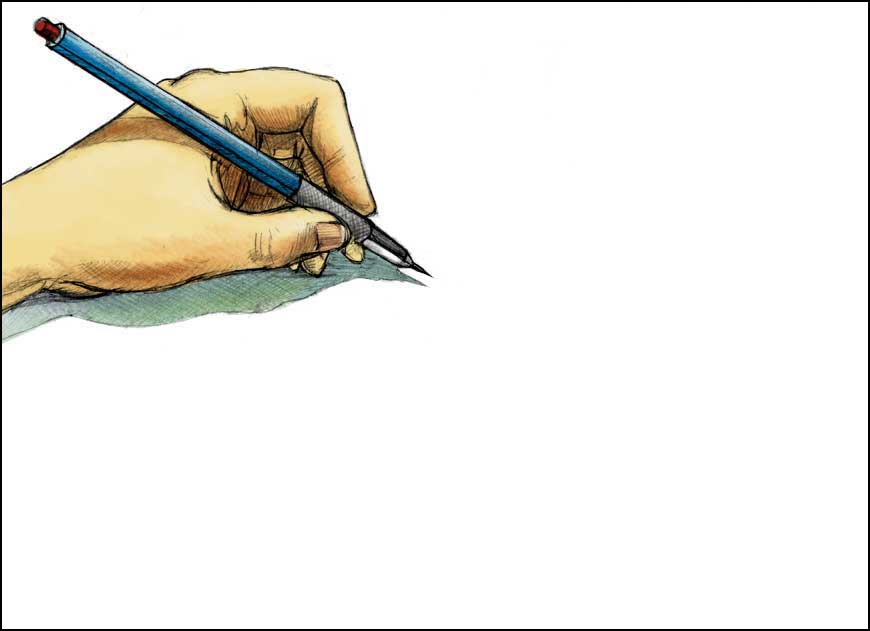Android has power of a clean sheet


It's something Apple has taken advantage of repeatedly in its history. A clean sheet of paper. (Picture by childrens' book illustrator Jennifer Morris, from 2006.)
Microsoft has never grasped this. RIM does not now. Nokia's whole idea in making Symbian open source is to keep that messy sheet alive.
It is becoming a basic law of technology that, at some point, backward compatibility becomes a house of cards. Moving on and starting over really is the best way to get the most from the latest components.
So what is on the new sheet of paper?
The Android team brought forward a design that, while based on Linux, is based even more on the Internet. It uses the same Webkit rendering engine as Google Chrome and Apple Safari.
Buyers have recognized its potential by selling out the first version of the hardware, from China's HTC and T-Mobile, within a few weeks.
By contrast the new Nokia is all about the music. It's all about what Apple did years ago, oh, and it's a phone, too. Defining hardware in terms of the past is just as much a mistake as defining software in terms of the past.
Open source and open standards are also clean sheets of paper for the mobile business, which until now has been all about lock-in.
I don't want to sound too much like an Android cheerleader here. But if you, or a handset maker, or a network operator, thinks there is a basic mistake here, you have a simple open source solution that was never available before.
Fork it.